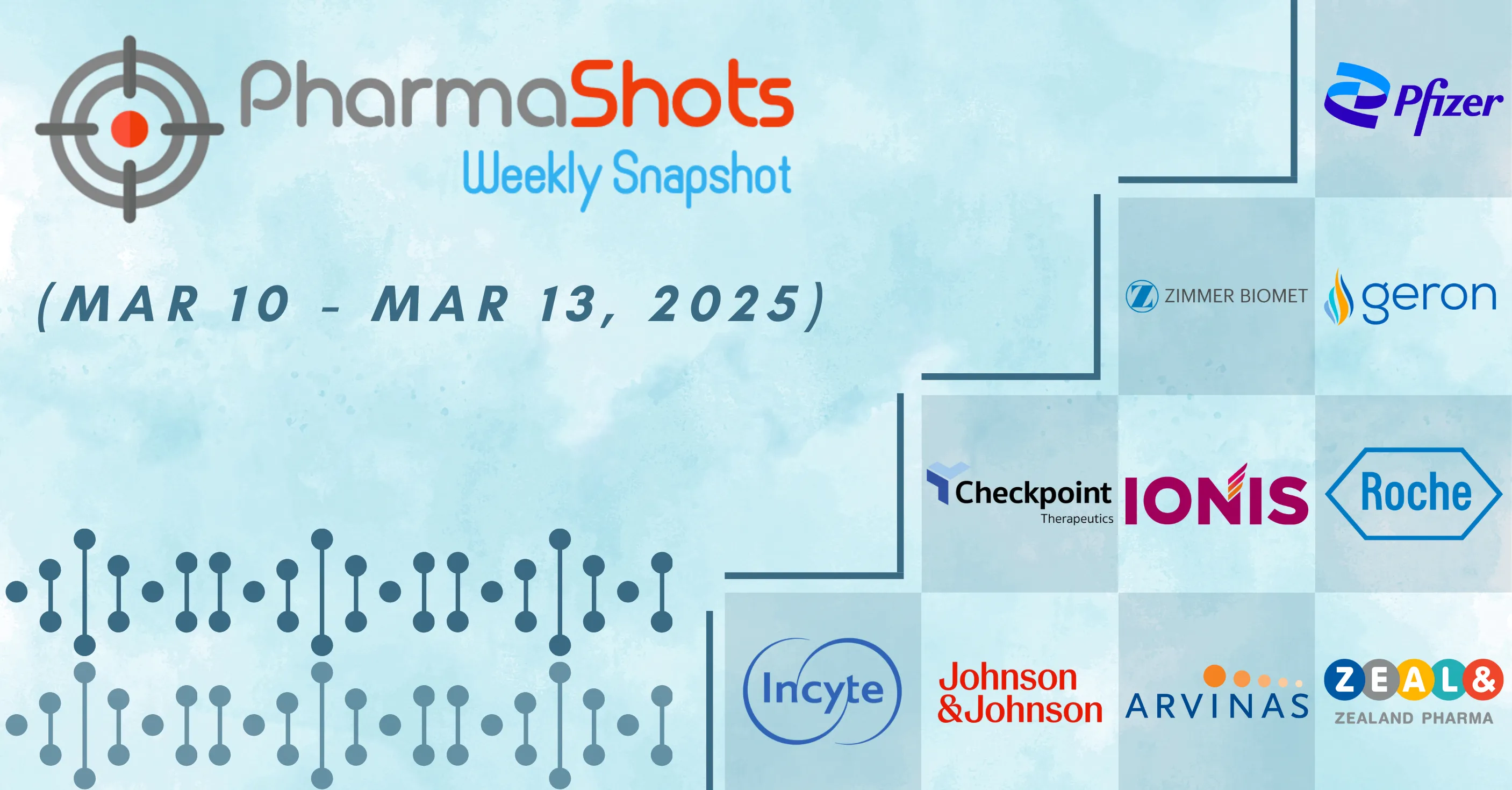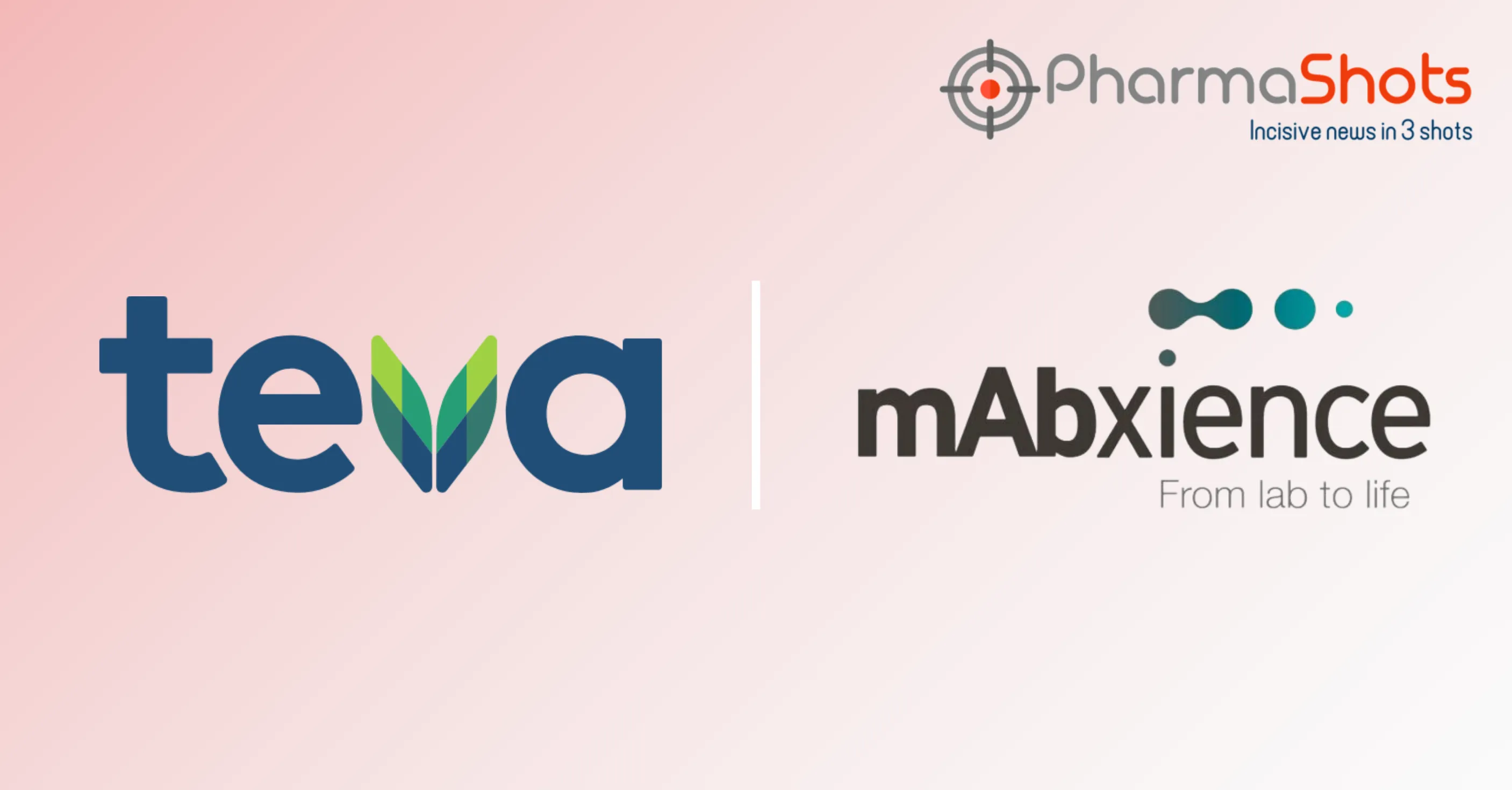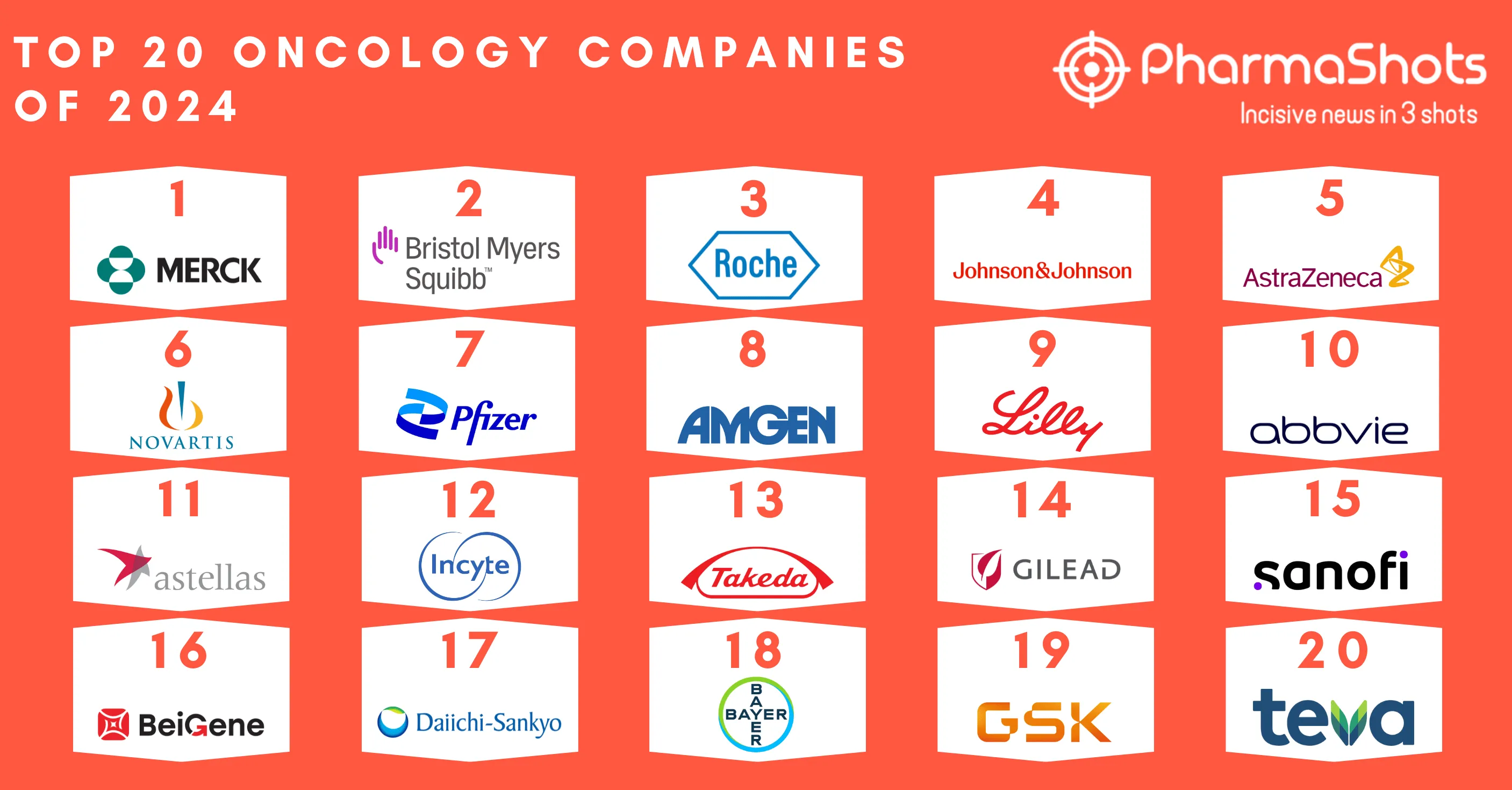
Pfizer Signs an Option and License Agreement with Voyager to Develop and Commercialize Gene Therapies for Neurologic and Cardiovascular Diseases
Shots:
- Voyager to receive $30M up front- $20M as exercise fees for 2 options (exercisable within 12mos.) & ~$580M as development- regulatory & commercial milestones related to licensed products including 2 undisclosed Pfizer’s transgenes along with royalties based on sales of products including licensed capsids
- Pfizer gets the right to assess novel capsids for CNS & cardiac tropisms by utilizing Voyager’s TRACER platform & exercise its options to license capsids for exclusive use in its AAV gene therapies including 2 transgenes
- Voyager holds global rights for all licensed capsids to use with other transgenes & applications of its TRACER technology
| Ref: Voyager Therapeutics | Image: Twitter
Click here to read the full press release

This content piece was prepared by our former Senior Editor. She had expertise in life science research and was an avid reader. For any query reach out to us at connect@pharmashots.com














